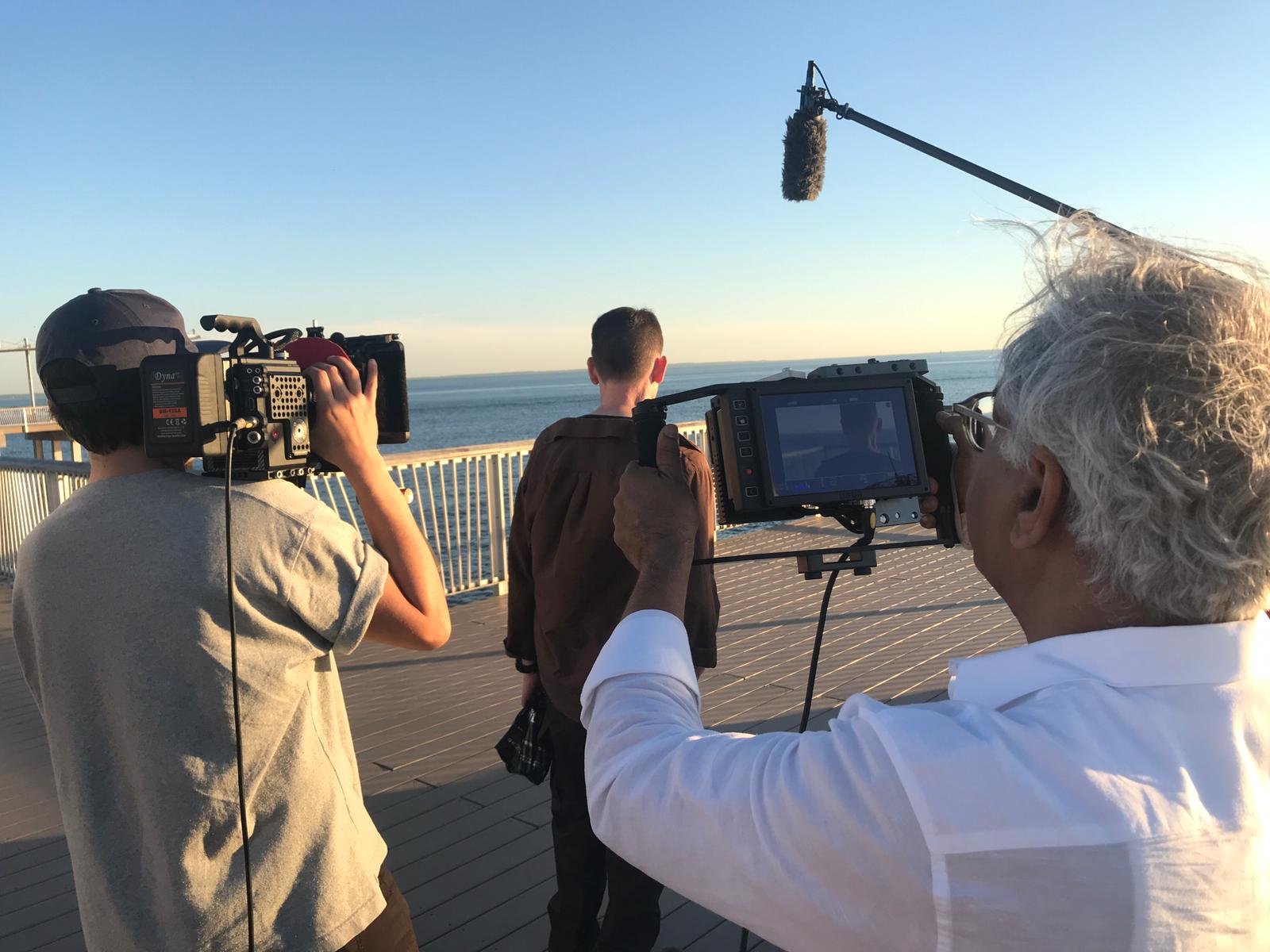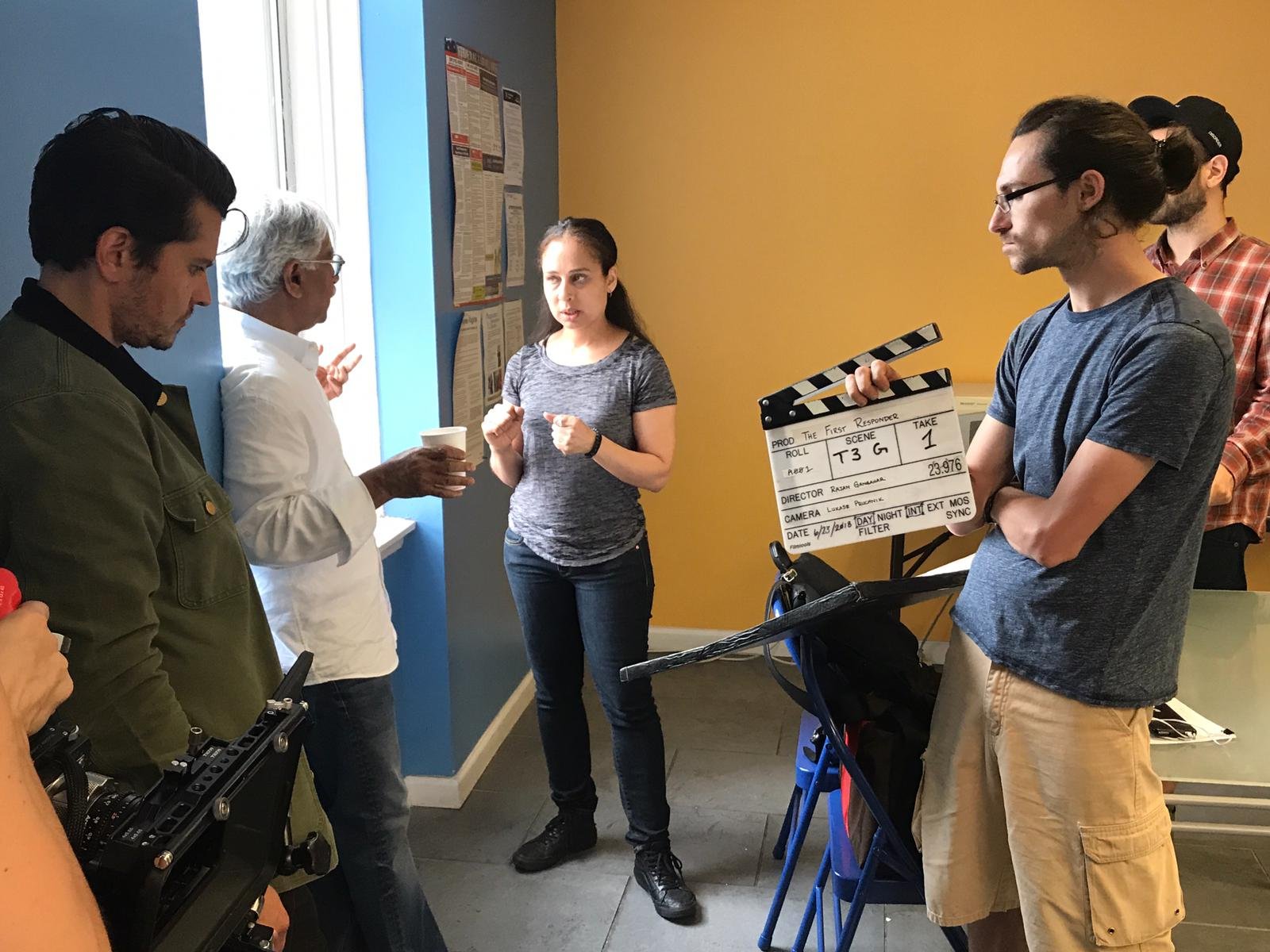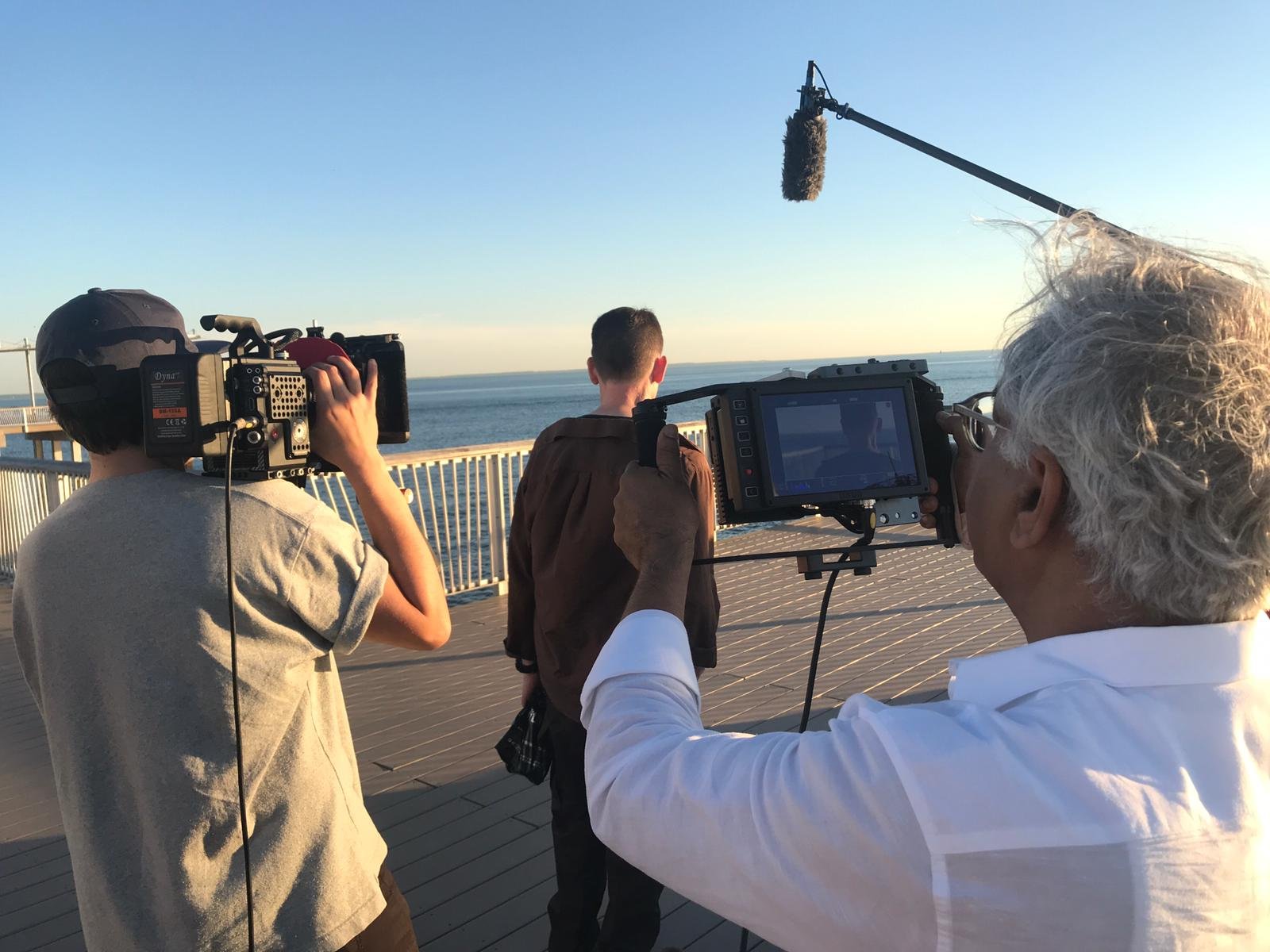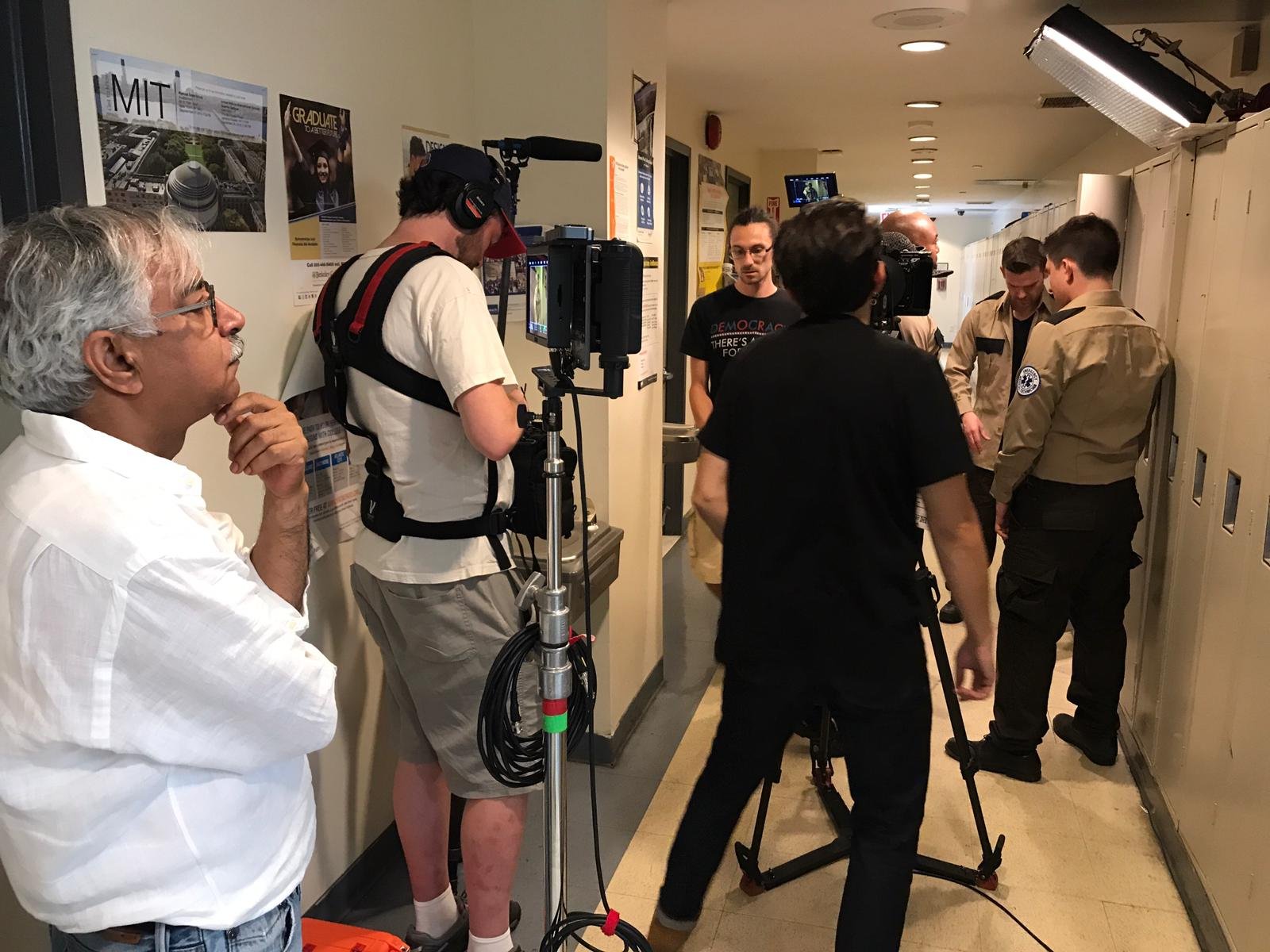Headlines
“The First Responder†Rajan Gangahar packs his film on PTSD with emotion and drama
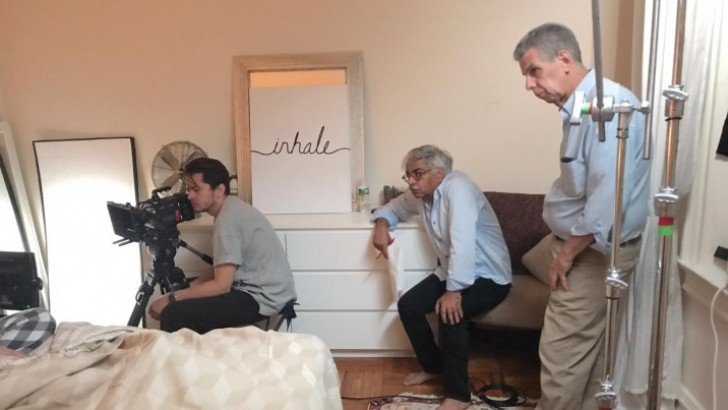
A film on the life and experiences of EMS workers is shot in and around New York
Essentially a loner and a voracious reader, US-based director-writer Rajan Gangahar, has just finished filming “The First Responderâ€, a short film in New York. Says Rajan,â€When the Producer approached me to make a film on the life of EMS members’ life and experiences, I was not excited. To me, a film is about emotions not just visuals. I liked the perspective but I wanted to add the most important dimension for a good film. Make it a human story, of a traumatic experience of the EMS workerâ€. Rajan has earlier written and made a feature film, “Khushiyan†in Punjabi, one of the most popular languages in India and won the Best Writer award for the film at PIFA in Toronto, a global film award mega event. “The film was about human relations and founded on emotions,†says Rajan.
Whether it is a debate on India or the USA, Gangahar always tends to lean on the freedom of expression. Political or intellectual or creative or even religious subjects are deliberated with same zeal keeping the backdrop of human behavior. The Post Traumatic Stress Disorder (PTSD) in any profession, including EMS, is essentially due to some or the other form of guilt, which may be haunting the sufferer. And then the patient enters the state of denial. Whether it is the guilt or fear of facing it again or inability to confess, the person keeps running away from reality.
The filming has been completed in less than ten days while shooting all around in New York city. Gangahar expects to finish post-production work by end of August and then submit the film for festivals around the world.
Interview with the Director RAJAN GANGAHAR
“Any story that deals with human emotions interests meâ€
I would say it was the subject. It is a story of EMT workers and their exposure to traumatic circumstances. We see EMT workers all the time and expect them to be first responders. In worst of the circumstances, constant exposure to these traumatic situations can lead to PTSD (Post-Traumatic Stress Disorder). This medical condition effects everyone around you, the family, friends, colleagues. Unfortunately, there is a macho culture and one considers a weakness to seek medical help. It is a story of When Helping Hurts.
Ron Basci, a friend of mine, has written the script about an EMT worker and silently suffered from PTSD.
Casting was a complicated process. The original casting call attracted more than 600 actors. The team brought it down to 30. Final auditioning went on for a week. All the hard work paid off and we were able to ensemble a cast of 9 -- probably the best from theater and films.
How was the experience of working with an American unit including an American Producer?
It was an enriching experience since I was able to share my experience and also adopt to local technical crew. At the end of the day we have been able to create a believable human story.
Internet has created a flat world for every field including in the field of film making. Though some ground realities will always influence working environment like availability of low-cost labor in Indian film industry. And that translates to multiple resources always available on call. On the contrary, the crew in America is comparatively smaller but better trained in latest technologies, though the gap is diminishing.
You have been an actor yourself. Why did you not act in the film?
It is always tempting but I avoid the temptation, especially when as a director the performance of the whole cast needs your undivided attention.
How is a short film different from making a feature length film?
Any film less than 50 minutes is considered a short film. The difference is less time to establish characters and still engaging the audience from conflict to resolution. The future of entertainment as predicted by experts would be shorter films because of shorter attention span of the younger generation.
Film making is a field of director, DOP Editor Maintaining a single, clear vision through communication before the shoot is the key. Since they all are telling same story in different languages with their respective tools. It is imperative for all of them to have single clear vision. Artistically, I am of the opinion in creating believable characters is the key and I am fascinated by the process of characterization. Acting is doing consciously what we do unconsciously in real life. Recreating that behavior is what creates a great performance.
What kind of cinema do you like as a film maker?
Any story that deals with human emotions interests me.
With the availability of internet, we human are no longer confined by physical and imaginary boundaries. We are more aware of other cultures, there history, there struggles and sufferings and curious to listen to stories beyond barriers of language and culture. Corporates like Amazon, Netflix, Apple are trying to ride that wave by creating single international platform for everything from screening films to making films.
Indian films have recently created history by making almost $300 million in China? What is the reason? Do you see similar possibilities for Indian cinema in USA?
The present times are probably the best of times for the Indian film industry. India is producing realistic and sensitive cinema and global audience including in US, China, UK is accepting it. An era of films with universal issues that strike a chord with both foreign and domestic audience has commenced. Rest is a numbers game.
No one can live in isolation. There is so much to learn from experiences of each other. Both industries were catering to their own kind of audience but it is changing. Hollywood studios are experimenting with adding in Indian actors in significant roles. Initially to get wider audience but with time they would be doing it for talent. Future is, both industries working with each other or for each other and launching joint ventures.
Yes, there is no doubt in that. Perfect example would be the play “Death of a Salesman†by Arthur Miller -- a story of a middle-class family struggle in 1950. This play was translated and performed in every country and almost every language. So, yes emotions and feelings are universal, dressed in local cultures.
Yes I am positive it will, emotions like music are universal.
There are stories to be explored and told. I would love to remain a storyteller in any format -- a film, a Play or a book… as a director, an actor or a writer.
Q&A with Christopher Robert Thompson
“It was absolutely wonderful to work with Rajan Gangaharâ€
An interview with the film’s lead actor who talks about the movie and the experience of working with the director
I feel like I have been an actor my whole life, it’s the only job I ever wanted. I graduated from SUNY Fredonia State and studied with various people here in New York, most notably Peter Kelley.
I found the subject matter really interesting, it was the most compelling synopsis for a movie that I had seen in a long time.
I was cast in February for the film and we did not shoot until June so I immediately just started doing as much research as I possibly could. Thankfully there are several blogs out by first responders and YouTube was huge resource for interviews with paramedics and firefighters. I just tried to absorb as much as I could regarding PTSD and what it would possibly be like to be a first responder.
No, we made some minor changes to the script but we shot it as it was written.
Absolutely wonderful. His directing style is perfect for me because he directs in a style that does not put any undue pressure on the actors. He was clear and concise and was always willing to listen as an actor you cannot ask for anything more.
The rescue water scene at Coney Island. I say that because none of us, cast, crew etc. had any idea how it was going to go. It is a scene that was never going to be done the same way twice and it was simply a blast to do!
